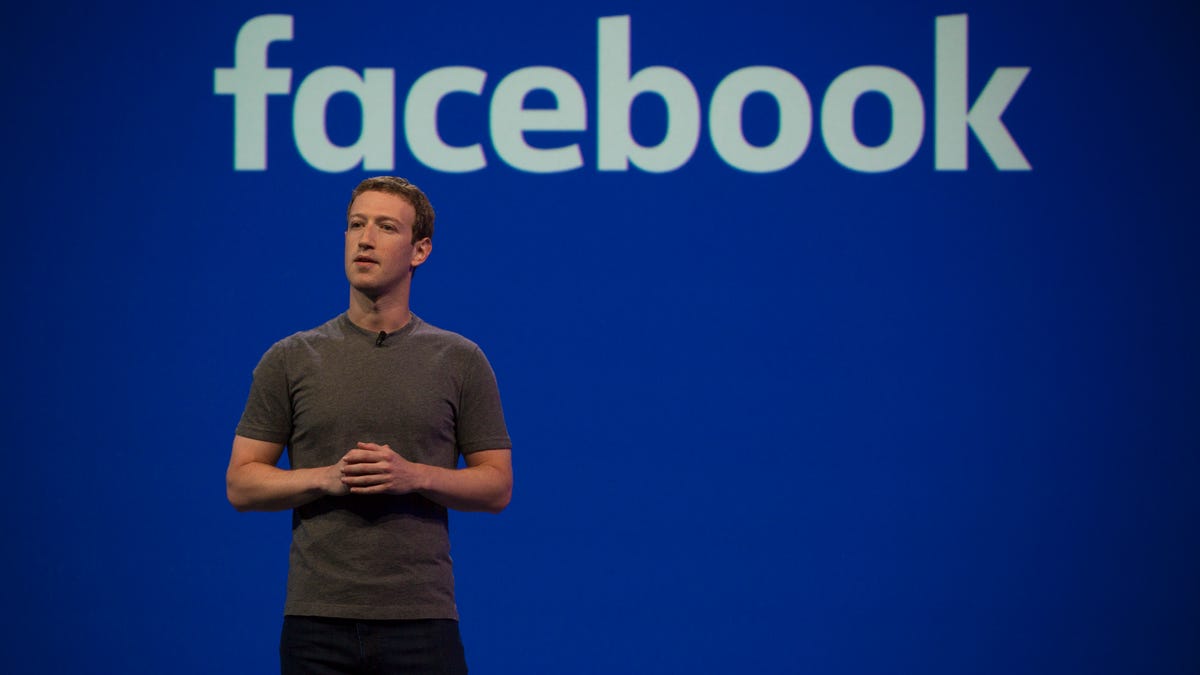Facebook: Really, nobody used that inflated metric, anyway
Facebook executives said that "universally" no marketers were using a video-viewing measurement that the company inflated for two years.

Yes, for years Facebook failed to notice it was overestimating a video metric, but don't worry about it: None of its now 4 million advertisers paid any attention to the measurement to begin with, Facebook executives said Tuesday.
"Universally, I've heard that nobody has actually unitized that metric," Carolyn Everson, the company's vice president of global marketing solutions, said at a press Q&A on the sidelines of the Advertising Week conference in New York.
In the last week, Facebook confirmed reports that it had mistakenly overestimated, by as much as 80 percent, one metric out of more than a dozen that help advertisers understand how much people are watching videos on the social network. The measurement was meant to report the average duration that a viewer tuned into a video, but until recently Facebook didn't count short viewings of less than three seconds, skewing the results.
Facebook Chief Operating Officer Sheryl Sandberg spoke at an advertising conference Tuesday, less than a week after the company disclosed it had been unintentionally inflating a key metric of video viewing.
The snafu highlighted the rocky terrain Facebook must navigate as it aggressively amps up video -- and tries to crow about how quickly viewing is growing there. In the last year, the company has been packing more clips into the News Feeds for its 1.7 billion monthly visitors and elevating live broadcasts to the top. But its desire to trumpet the scale of video viewing on Facebook complicates how the company breaks down the numbers for marketers.
The inflated metric, which went unnoticed for two years until Facebook realized the error in August, fell prey to Facebook's unique definition of a "view." The company counts a view -- the little tallies of eyeballs at the bottom of all clips -- as soon as somebody plays a clip for at least three seconds, even if that snippet is simply autoplaying while a user scrolls through the News Feed. Because all the less-than-three-second viewings were thrown out of the calculations, the average duration ended up appearing much higher.
During the wide-ranging Q&A on Tuesday, Chief Operating Officer Sheryl Sandberg also addressed recent instances where Facebook has removed content that is graphic but culturally significant, like an iconic Vietnam War photograph of a naked girl crying as she flees her napalmed village.
Facebook is always trying to balance free expression with community safety, Sandberg said. "Our principles are clear. We are a values-based company. We want people to be able to express themselves."
The company has begun "early experimentation" with some advertising breaks in videos and live broadcasts, she said, before adding that monetization isn't its primary focus with video.
The executives also said Facebook has started testing possible advertising with some of the 30,000 bots on its Messenger instant-messaging service. Bots are software programs that use artificial intelligence and mimic a virtual helper, answering questions and completing simple tasks. Facebook this year announced it would make a big push to allow companies and brands to reach customers on Messenger through bots.
Tuesday, executives said they're considering a system that lets companies pay to revive a conversation with a customer more than 24 hours after the consumer first reached out.
Correction, 10:46 a.m. PT September 28. The number of Facebook visitors was initially wrong in this story. It has 1.7 billion visitors monthly (not daily).

